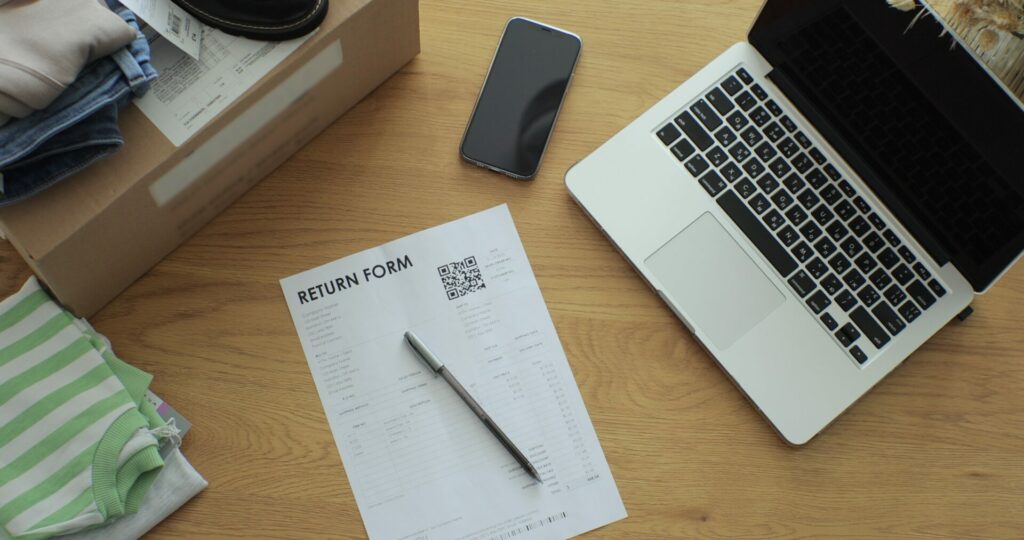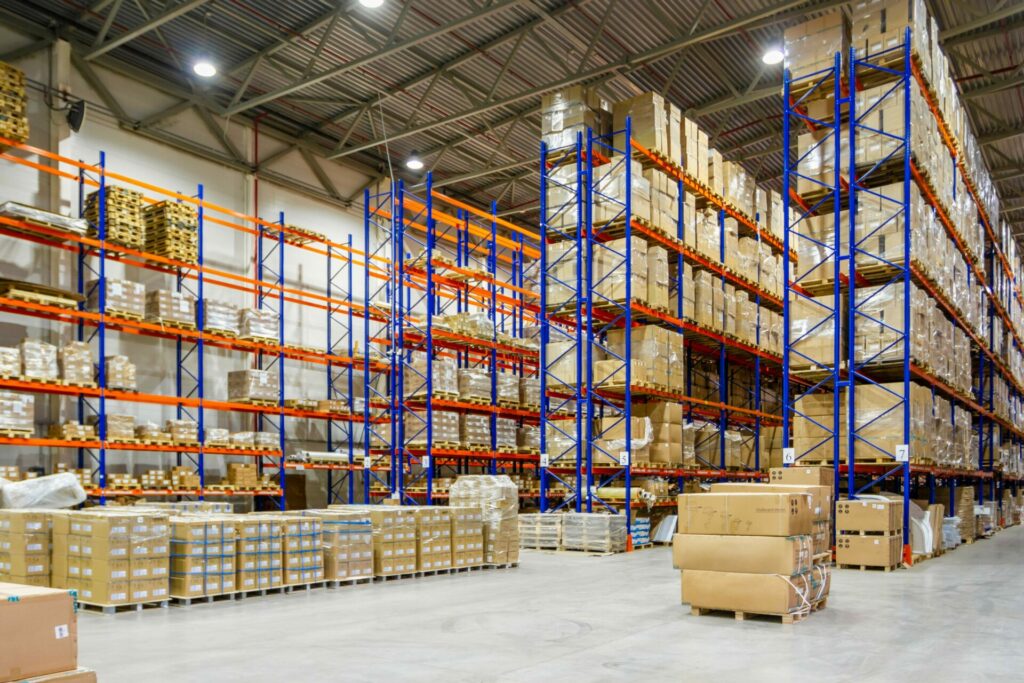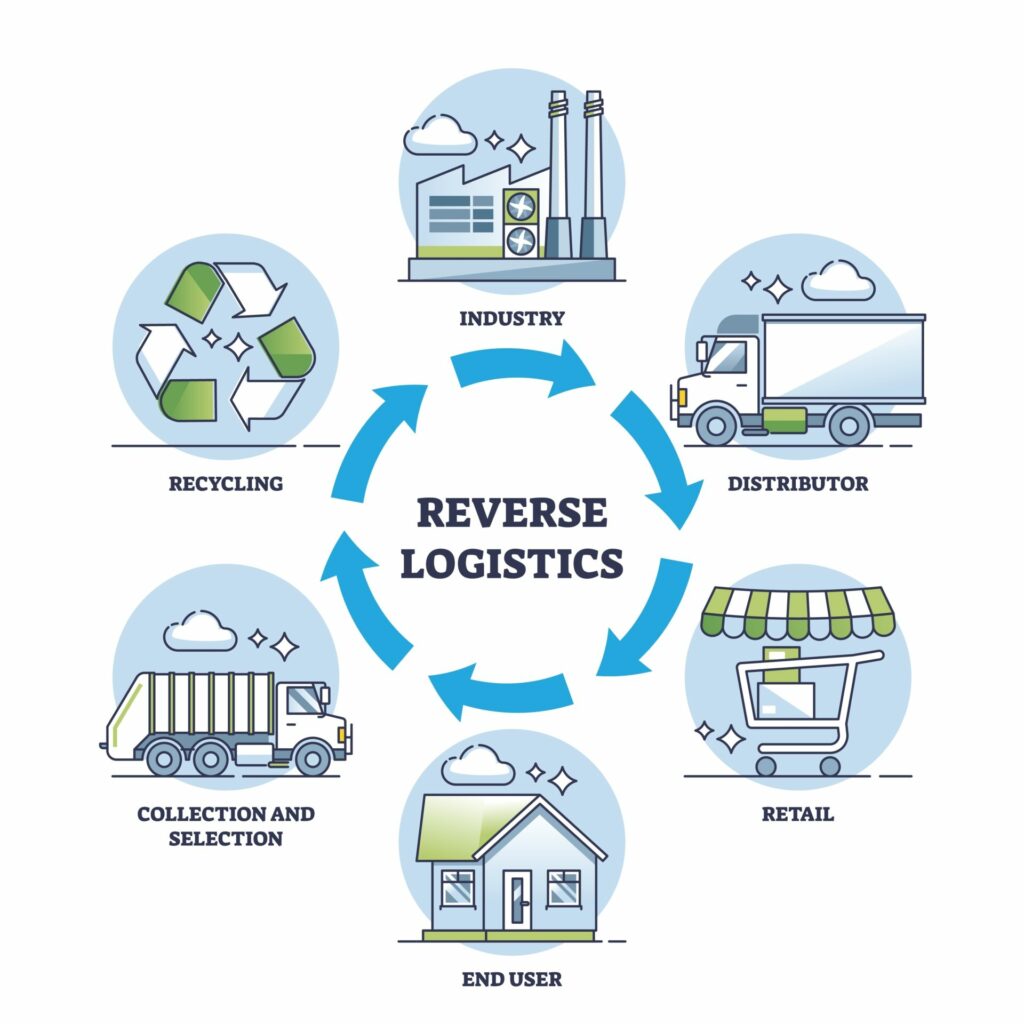It seems like whenever we’ve got to grips with one acronym, a new one comes along that needs detangling. But don’t worry: That’s what Sippin’ & Shippin’ is here for.
We’ve all heard of 3PLs (Third-Party Logistics) and a lot of us are familiar with 4PLs (also known as lead logistics providers). But what about 7PLs?
We aren’t kidding. They really do exist.
Put simply, 7PLs combine the capabilities of 3PLs and 4PLs. So:
3PL + 4PL = 7PL
Clever, right?
We get it. Terminology like this makes us roll our eyes and dismiss it as a bit of a gimmick. But 7PLs do represent a massive step-up in logistics capabilities. Instead of having to contract multiple organizations to handle different parts of the supply chain, 7PLs give you an effective, all-in-one solution.
But before we dive into this, we need to define a couple of terms. Namely, what are 3PLs and 4PLs, and how does this add up to a 7PL?
Third-Party Logistics (3PL)

Let’s start with an easy one: What is a 3PL?
Third-Party Logistics (3PL) is when a business chooses to outsource key activities in the supply chain to an external organization. This includes warehousing, picking, order fulfillment, transportation, and reverse logistics, in addition to value-added services such as subassembly or packaging if required.
In a 3PL arrangement, a business still manages the overall supply chain and is responsible for ensuring that activities are carried out how they want, such as setting specific routing rules or determining what shipping fees are charged to customers. This means businesses still need their own logistics teams to liaise with their 3PL and ensure that everything goes smoothly.
Many businesses are happy with 3PL partnerships because they enable them to save money on hiring labor or investing in expensive infrastructure. However, they still require businesses to maintain a certain level of oversight. This is why 4PLs have emerged as a more comprehensive solution.
Fourth-Party Logistics (4PL)

4PLs offer all the same benefits as a 3PL does – but with the additional advantage of managing logistics on your behalf.
When partnering with a 4PL, the provider will work with you to build a strategic plan for your supply chain. This includes optimizing your current approach for bigger cost savings or faster delivery to the end customer, as well as advanced data analysis and coordination with 3PL services further down the supply chain.
In sum, 4PLs separate your business further away from your logistics operations by managing this entire sector on your behalf. This is a major advantage for businesses who want to focus their attention on maximizing growth opportunities, rather than the nitty-gritty of their supply chain.
However, this also requires a lot of trust; businesses need to be certain that they’re partnering with a reputable provider who offers transparency when it comes to pricing and outsourcing. It’s even more important to do your due diligence to make sure that you’re choosing a 4PL that understands your needs and has years of experience with your specific industry.
So, where do these services lead us? To the rise of the 7PL.
Bringing it all together: The 7PL

As we mentioned at the beginning of this post, 7PLs are the union between the outsourced activities of a 3PL and the management capabilities of a 4PL. In sum, it’s a one-stop shop for businesses to outsource the entirety of their supply chain strategy.
Where a 4PL merely outsources 3PL activities to other parties, a 7PL will manage fulfillment tasks directly via their own facilities and employees, giving them end-to-end visibility over the entire supply chain on behalf of the business. This reduces friction and miscommunication between parties, ensuring that logistics managers are in a better position to troubleshoot issues before they can disrupt an operation.
Unsurprisingly, consolidating logistics activities and strategic planning under one provider offers much more clarity to businesses. They only have to deal with one entity as opposed to multiple parties scattered across the supply chain. There’s no need to navigate different enterprise and IT systems that may be unable to share information directly (imagine trying to have a discussion in French with someone who speaks German on a daily basis).
There’s no doubt that 7PLs are the future for logistics providers who want to stay competitive. Offering only 3PL or 4PL services means having to maintain a complex network of relationships with other providers that can change at a moment’s notice. And if competitors begin offering a full suite of logistics services, there’s a good chance that customers will choose to decamp to provider who can offer them better integration between services.
For brands, there’s no doubt that 7PLs present the ultimate solution for seamless fulfillment. Keeping everything under one roof allows you to build a strong relationship with your provider where they gain deep insight into your operation and identify inefficiencies that are slowing you down.
For the record, there are some further definitions we could dive into, namely 5PLs and 6PLs (yup, these exist as well). We’ll be covering these in a future post, so stay tuned!




